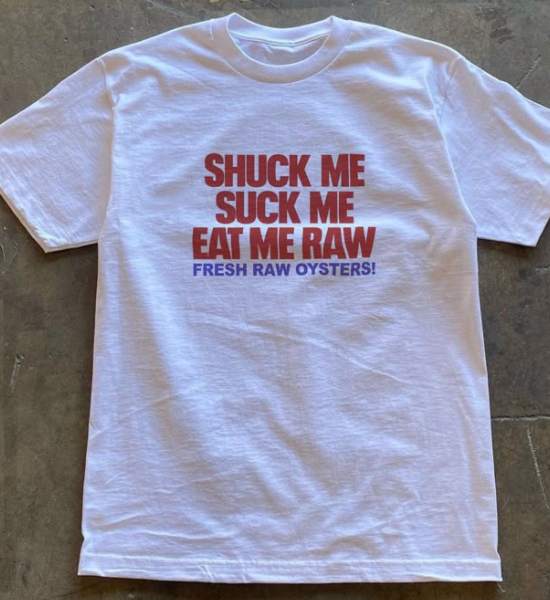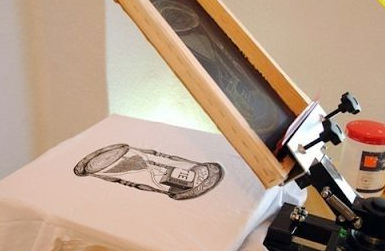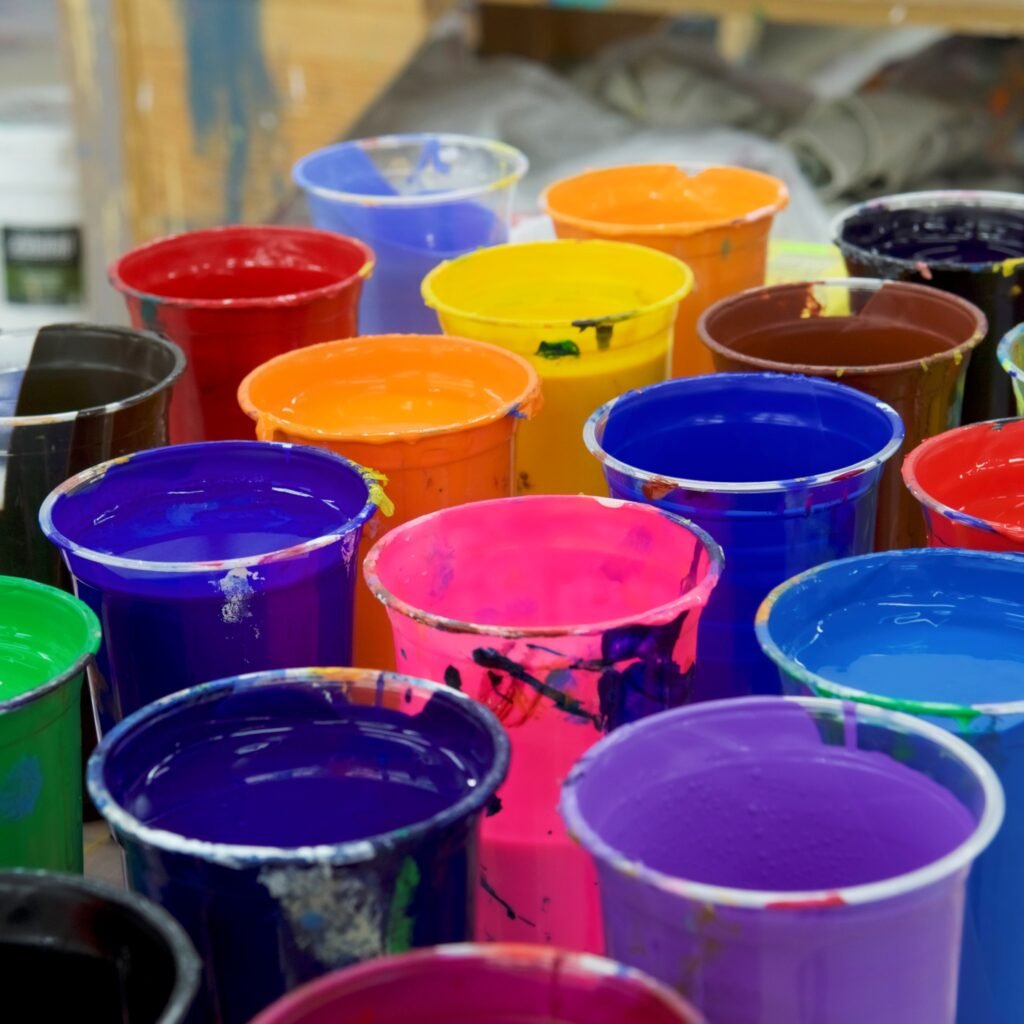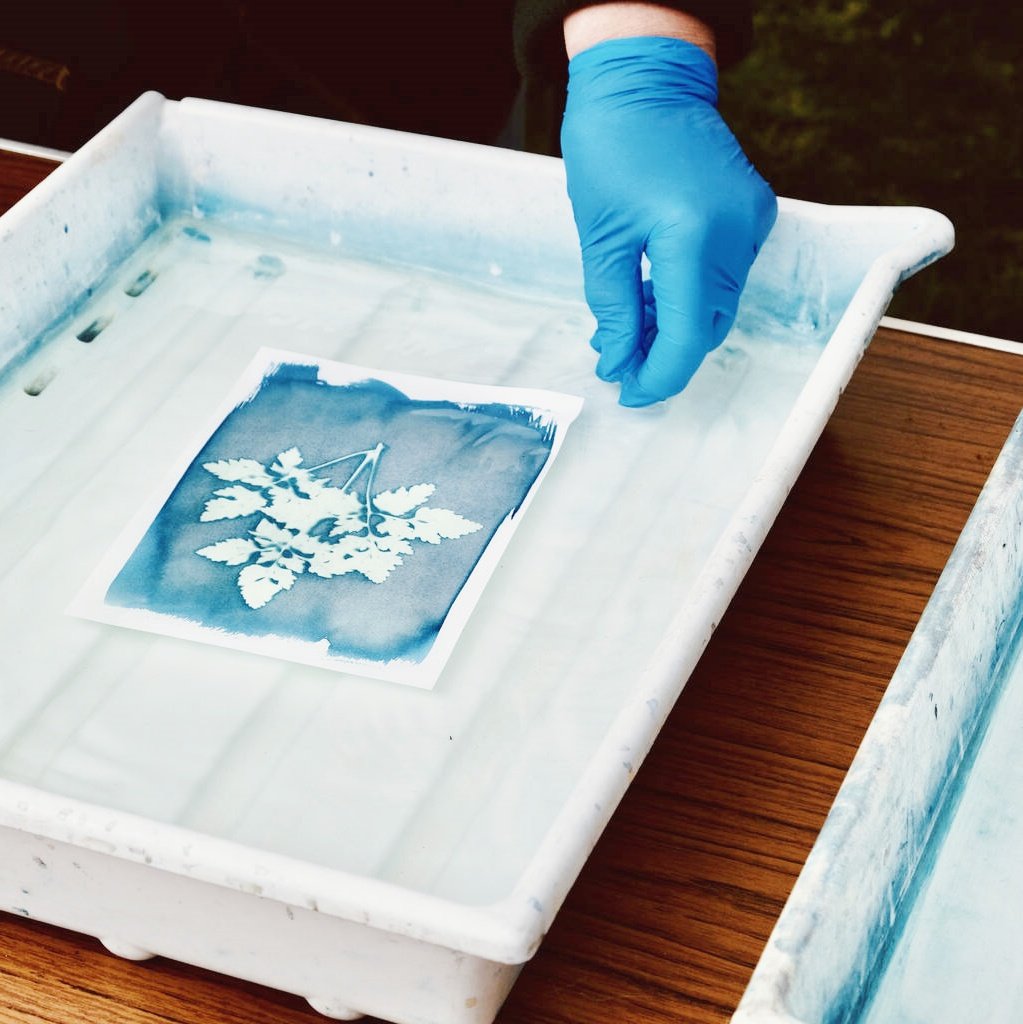Inhaltsverzeichnis
Hochdichte Plastisol-Tinte: Der Wendepunkt im Siebdruck
Plastisol-Tinte mit hoher Dichte verändert die Welt des Siebdrucks. Mit dieser dicken, starken Tinte können Sie 3D-Designs, leuchtende Farbenund Drucke, die jahrelang halten. Erfahren Sie, wie es funktioniert und warum Sie es ausprobieren sollten!
Was ist hochdichte Plastisol-Tinte?
Plastisol-Tinte mit hoher Dichte ist eine spezielle Tinte, die in SiebdruckEs besteht aus:
- PVC-Harz (eine Art Kunststoff).
- Weichmacher (Öle, die die Tinte weich machen).
- Zusatzstoffe (um es dick und stark zu machen).
Beim Erhitzen härtet diese Tinte aus und wird zu einer erhabenes Design Sie können mit Ihren Fingern fühlen. Marken wie Wilflex Quantum HD und FN Ink Xenon-Serie Machen Sie beliebte Versionen dieser Tinte.

Die 5 wichtigsten Gründe für die Verwendung von hochdichter Plastisol-Tinte
- 3D-Textur: Erstellt Designs herausspringen wie ein Aufkleber.
- Helle Farben: Bleibt lebendig auf schwarze Hemden und dunkle Stoffe.
- Dauerhaftigkeit: Reißt, verblasst oder blättert nach dem Waschen nicht ab.
- Funktioniert auf vielen Materialien: Verwenden Sie es auf Baumwolle, Polyester, Taschen, Bechern und mehr.
- Kostengünstig: Spart Geld, da Ausdrucke länger halten.
So verwenden Sie hochdichte Plastisol-Tinte
Werkzeuge, die Sie brauchen:
- A Bildschirm mit 110–160 Maschenzahl.
- A Rakel (um Tinte durch das Sieb zu drücken).
- A Blitztrockner (um die Tinte zu erhitzen und auszuhärten).
Schritt-für-Schritt-Anleitung:
- Bereiten Sie den Bildschirm vor:
- Verwenden Sie eine dicke Emulsion.
- Halten Sie den Bildschirm leicht über dem Stoff.
- Drucken Sie das Design:
- Tragen Sie die Tinte 2–3-mal auf.
- Verwenden Sie zwischen den Schichten den Schnelltrockner.
- Aushärten der Tinte:
- Wärme bei 320°F für 45-60 Sekunden.
Profi-Tipp: Maschinen wie M&R Druckgeräte die besten Ergebnisse liefern.
Hochdichtes Plastisol im Vergleich zu anderen Tinten
| Tintentyp | Am besten für | Am schlechtesten für |
|---|---|---|
| Hochdichtes Plastisol | 3D-Texturen, auffällige Logos | Umweltfreundliche Projekte |
| Tinte auf Wasserbasis | Weiche, leichte Designs | Dunkle Stoffe |
| Entladungstinte | Vintage, verblasste Optik | Polyestermaterialien |
Beispiel: Wählen hochdichtes Plastisol für Hüte oder Hemden mit erhabene Logos.
Beheben häufiger Probleme
| Problem | Lösung |
|---|---|
| Knacken | Längere Aushärtung bei 320 °F |
| Farbbluten | Hinzufügen Mittel mit geringem Bluten |
| Tinte haftet nicht | Reinigen Sie zuerst den Stoff |
Tool zum Ausprobieren: Rutland EVO Zusatzstoffe helfen, Blutungen vorzubeugen.
Umweltfreundliche Tinten mit hoher Dichte
Neuere Tinten sind sicherer für Mensch und Umwelt:
- Phthalatfrei Optionen (wie MagnaColours).
- Folgen Öko-Tex Standard 100 (sicher für Hautkontakt).
Tipp: Recyceln Sie Siebe und Tintenbehälter, um Abfall zu reduzieren.
Beispiele aus der Praxis
- Nike: Verwendet 3D-Tinte für die Textur von Sporttrikots.
- Adidas: Macht limitierte Shirts mit erhabene Logos.
- Künstler: Erstellen Sie Galeriekunst mit taktile Designs.
Ereignis: Neue Tinten finden Sie unter DRUCK United Expo.

Zukünftige Trends
- Hybridtinten: Mischen Sie Plastisol mit Tinten auf Wasserbasis für Weichheit und Haltbarkeit.
- Digitale Tools: Software wie AccuRIP hilft beim Entwerfen präziser Muster.
Sollten Sie hochdichte Plastisol-Tinte ausprobieren?
Ja, wenn du willst:
- Designs, die auffallen.
- Drucke, die überleben Über 100 Wäschen.
Fangen Sie klein an: Testen Sie es zuerst an einem Musterstoff!
FAQs
Kann ich diese Tinte auf Polyester verwenden?
Ja! Fügen Sie eine Mittel mit geringer Blutung um ein Ausbreiten der Farben zu verhindern.
Kann ich feine Details drucken?
Verwenden Sie ein 160+ Maschensieb für dünne Linien und kleinen Text.
Wie kann man Abfall reduzieren?
Messen Sie die Tinte sorgfältig ab und verwenden Sie die Siebe wieder.



